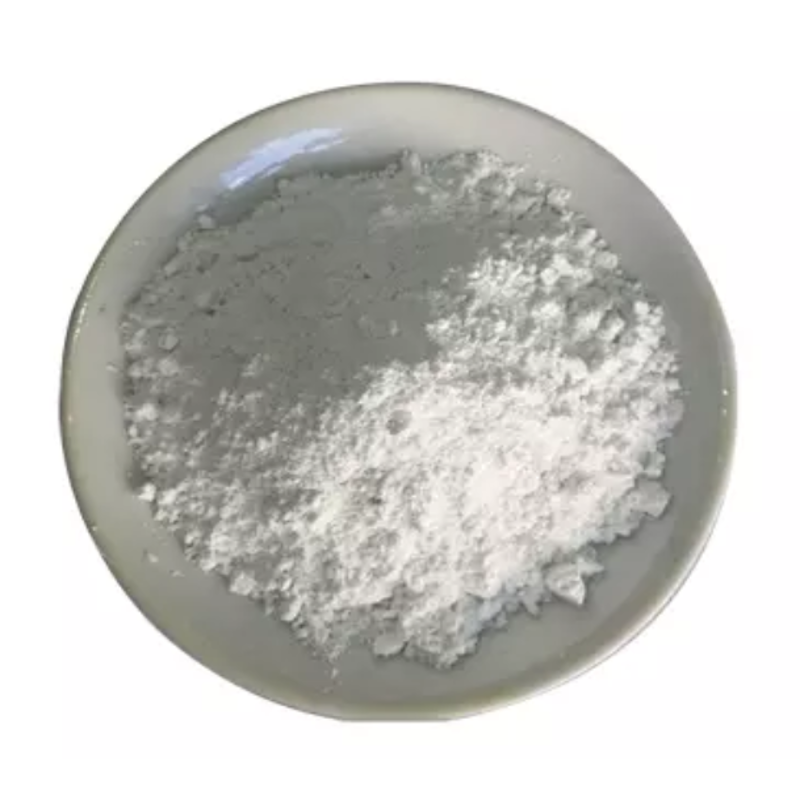-
Categories
-
Pharmaceutical Intermediates
-
Active Pharmaceutical Ingredients
-
Food Additives
- Industrial Coatings
- Agrochemicals
- Dyes and Pigments
- Surfactant
- Flavors and Fragrances
- Chemical Reagents
- Catalyst and Auxiliary
- Natural Products
- Inorganic Chemistry
-
Organic Chemistry
-
Biochemical Engineering
- Analytical Chemistry
-
Cosmetic Ingredient
- Water Treatment Chemical
-
Pharmaceutical Intermediates
Promotion
ECHEMI Mall
Wholesale
Weekly Price
Exhibition
News
-
Trade Service
In making bread, fermentation is a crucial step that directly determines the success of bread making
At one time, everyone thought that bread with a lot of auxiliary materials was a high-end product, and rich auxiliary materials were the best way to make delicious bread.
Fermentation is the most important process in bread making, and it is also the most difficult to master, elusive, and even difficult to avoid
fermentation steps
Fermentation can be divided into three steps: primary fermentation, secondary fermentation, and tertiary fermentation
Many bakers understand fermentation only by pressing the dough with their fingers to judge the fermentation state
In fact, fermentation is also a scientific system.
Raw materials that affect fermentation
flour
●amylase
The activity of the enzyme, which is the amount of amylase present in the flour
The amount of amylase will vary depending on the conditions under which the wheat was harvested
In wet years, wheat contains a high percentage of moisture, which tends to germinate and therefore produce more amylase
In very dry years, the enzyme production capacity of the flour is weak
● extraction rate
According to small-scale measurements, high-extraction flours (such as T150) appear to ferment faster than less-extractable flours (such as T55)
●Quality of gluten
Gluten has good elasticity and sealing, so that bread can expand well
●Protein
In order to make high-quality bread, it is very important to use baker's yeast to generate strong gas, and it is also very important to maintain the organization of the gas.
The better and more protein is, the stronger the gas retention force is, and this also requires accurate stirring
No matter how much protein there is, the gas retention of third-grade flour is not good, and the low-gluten flour in first-grade flour is also weak
yeast
●Yeast quantity
Yeast plays a decisive role in the fermentation of bread, but pay attention to the amount used
The amount of yeast determines the rate at which sugar is broken down into carbon dioxide, and therefore the rate at which bread increases in size
.
If the dosage is too much, the air production in the dough will increase, and the stomata wall in the dough will become thinner rapidly, and the air retention of the dough will be good in a short time
.
The formula of baker's yeast uses a lot of it, but if the formula does not contain sugar, it will only produce gas rapidly in the first half.
In terms of the overall gas production, it is not much different from using a small amount of yeast
.
Because of the different types of baker's yeast, a large amount of gas is generated in the front section, or a large amount of gas is generated in the rear section, or both are balanced in various finished products, so they must be skillfully used according to different bread production methods
.
Therefore, the amount of yeast should be determined according to the gluten quality and product needs
.
In general, the amount of fresh yeast is 3%-4% of the amount of flour, and the amount of dry yeast is 1.
5%-2% of the amount of flour
.
●Yeast quality
Yeast is alive, but if not stored properly, it can also lead to the death of the yeast; it is important to note that it is well-preserved so that it does not lose a significant portion of its fermentation capacity
.
●How to mix yeast into flour
Dry yeast is best mixed with water in advance, and fresh yeast is crushed and added to the flour.
These small details can speed up the work of the yeast
.
(Yu Jiayi)
"China Food News" (version 05 on November 1, 2021)
(Editor-in-charge: Bao Xiaotie)







